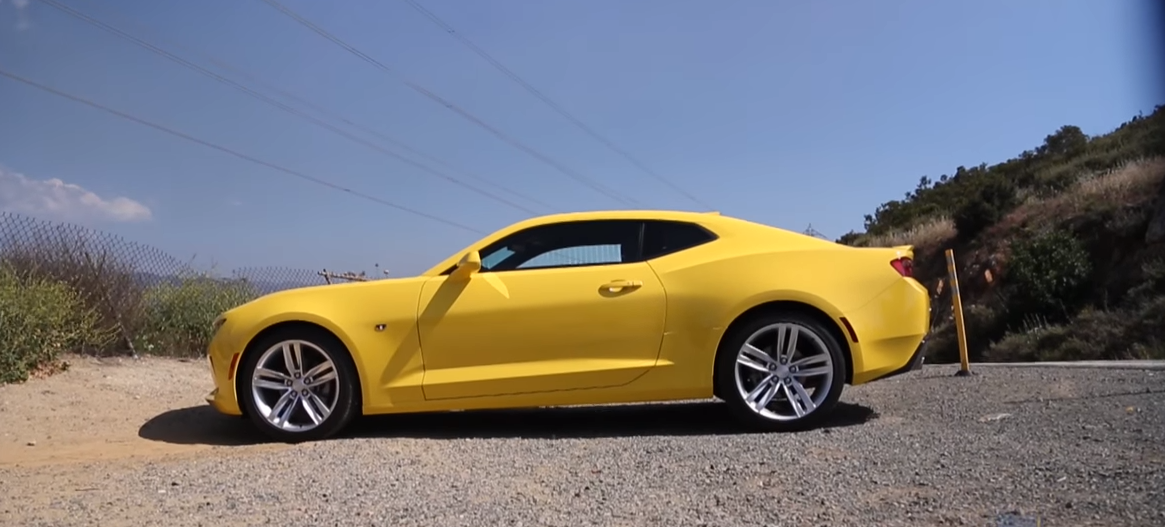
Down Payment Car Insurance, (Um/Uim), No-Fault, Physical Damage Coverage & Comprehensive
Uncategorized October 1, 2019, Comments OffYou can opt for very cheap car insurance no deposit, but companies are skeptical when it comes to applying for this type of insurance. You will surely be considered a high-risk driver because that means you are short on money and you can be a very high risk for any company if you happen to get involved in a car accident. Actually, you won’t have too much opportunity to get that kind of coverage with any company. You have to search carefully all over the net to find the right company. Goodtogoinsurance.net is one of the companies who have this kind of insurance. But don’t think it is too easy to get it as you should have a quite good driving record among a few others things.
(UM/UIM)
What is covered? UM/UIM provides coverage for your (or a household family member’s) hospital bills, and lost wages in the event of an injury in an accident caused by a driver who does not have insurance (Uninsured) or whose BI limits are less than your policy (Underinsured).
Coverage Amount: Usually offered at the same limit you purchased for BI. This is how it works: if you have 100/300 BI limits, your UM/UIM coverage will be the same. Consequently, if you are hit by someone with 25/50 limits, your UM/UIM coverage will pay for medical expenses and pain and suffering over $25,000 (individual) or $50,000 (incident) up to $100,000 and $300,000.
Insider Tip: I recommend buying UM/UIM coverage at the same limit as your BI. In most states, you can select a lower limit and save a few dollars, but the savings are usually pretty small. UM/UIM coverage provides you with additional peace of mind and protection because you cannot control what limits another driver will carry.

No-Fault Coverage
There are a few states with No-Fault coverage (sometimes referred to as Personal Injury Protection or PIP). States that currently have some type of no-fault coverage include: Florida, Hawaii, Kansas, Kentucky, Massachusetts, Michigan, Minnesota, New Jersey, New York, North Dakota, Pennsylvania, and Utah. If your state does not require PIP, please feel free to skip to the next section – Physical Damage coverages.
Even for those states that do use the no-fault system, there is little consistency. Therefore, providing an explanation on a national basis is difficult. Should you want additional detail, you better consult your state’s insurance department website.
In a no-fault state, the parties involved in an accident may need to go through the court system to have their injuries paid if the loss is severe. Under no-fault, the two parties involved in the accident will file claims with their own insurance company, regardless of fault (hence the name “no-fault”). Each insurance company will then pay the injury claims for their own customer.
Under the no fault law there is no reason to determine who is at fault in the accident is because you collect from your own company. Despite this, there is no guarantee that you will not be sued, although no-fault laws do place rules and restrictions on suits. In fact, in a serious accident, there is a very real possibility that this could happen.
The basic no fault benefit is Personal Injury Protection (PIP). This coverage will cover you, a household family member, or any person in your vehicle for injuries from an accident. PIP will cover medical costs, rehab services, lost wages, and a few other benefits up to the limit prescribed by the state. PIP is typically limited so most states offer a coverage called Residual BI, which will provide coverage if you are sued.
There are some things that No-Fault will not cover. For instance, Property Damage is not covered. If you are at fault, you can be sued for these damages. Also, damage to your vehicle is not covered. You must purchase a separate coverage – Collision.
These are just general guidelines for no-fault coverage. Specific rules for each state vary widely. Please refer to your policy contract or the state insurance department website.
Physical Damage Coverages
There are two basic types of physical damage coverage – Comprehensive (Comp) and Collision. These protect you against the actual damage done to your vehicle in the event of an accident. Both of these coverages are typically required if you have financed your car. The reason for this is that technically you do not own the vehicle, and the owner (the bank or finance company) is protecting their interest in the car. Even if you own the car outright, these coverages can be a good thing to have, especially if it is a newer vehicle.
An easy way to think about what types of events are covered by Comp and which ones are covered by Collision is to take the view that events that are related to “God or the Devil” are covered by Comp, and damage that you cause to your vehicle (at-fault accident) are covered by Collision.
In addition, Comp and Collision are sold with a “deductible”. This translates to out-of-pocket money for you. For example, if you have a deductible of $500 and you have an accident that causes $1,500 of damage to your car, you will be required to pay $500 to get your car fixed. The insurance company will pay $1,000 in this example.
Comprehensive (Comp or OTC – Other than Collision)
What is covered? Damage caused by events such as severe weather, floods, fire, vandalism, and theft is all covered by Comp coverage. Comp also pays for damage done to your windshield by road debris, or other broken glass.
Coverage Amount: The limit (maximum pay-out) of this coverage is the established value of your vehicle. You have a choice to make with regard to selecting the deductible (your out-of-pocket costs). Deductible choices will typically be $100, $250, $500 or $1,000.
Insider Tip: Comp coverage is generally less expensive than Collision coverage. Usually, the difference in premium for the deductible options is not significant. The best way to think about the deductible (for both physical damage coverages) is to realize what you can afford out-of-pocket. Then compare the different deductible options to see how much they will impact your total premium.

An Example Comparing Premiums for Different Deductible Levels
In this example, by purchasing a $100 deductible versus a $250 deductible, you pay $10 more per 6-month policy term ($2 per month) and reduce your potential out-of-pocket expense by $150. On the flip side, by purchasing a $500 deductible, you would save $18 per policy term (or $3 per month) versus the $250 deductible option. You will hear a lot of financial advisors talk about raising deductibles to save money, and this is true. It is also true that you should not raise your deductible so much (e.g., $1000) that you create a hardship for yourself, because you can’t afford the out-of-pocket expense if you have a loss.
In general, a lower deductible (e.g., $250 or $100) for Comprehensive coverage should be considered for two reasons: 1) Comp premiums are lower than Collision, so there probably will not be a big price difference for the lower deductible, and 2) A Comp loss is basically outside of your control, and you are at the mercy of mother nature or a cruel person. Don’t penalize yourself by selecting a higher deductible and taking a financial risk.